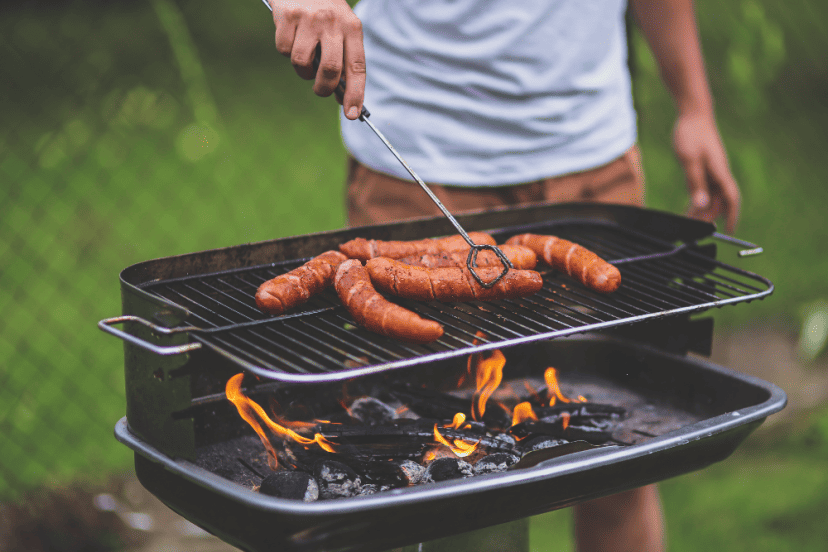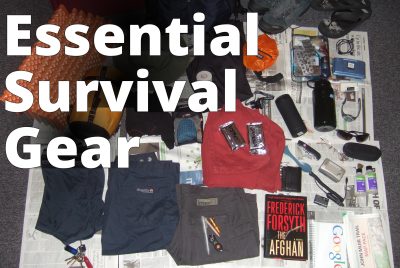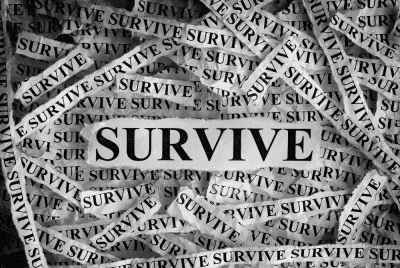10 Emergency Cooking Options If The Power Goes Out
Discover Quick and Efficient Emergency Cooking Options for Any Situation
In the eerie silence that follows a power outage, your stomach might not get the memo to stop grumbling. But here’s the thing – survival cooking when the power is out doesn’t have to mean a dinner of cold beans straight from the can.
With a bit of creativity and some preparation, you can whip up a hot meal that’ll keep morale high, even when the lights are low. Let’s dive into 10 ways to keep the culinary fires burning, no matter what.
Learn about Survival Cooking Without Power
- Charcoal grill, propane grill, camp stove, Sterno stove, fireplace, woodstove, solar oven, rocket stove, Dutch oven, and fondue pot are viable options.
- These cooking methods can help you prepare meals even when the power is out.
- Each option has its own benefits and considerations for emergency cooking.
1. Charcoal Grill
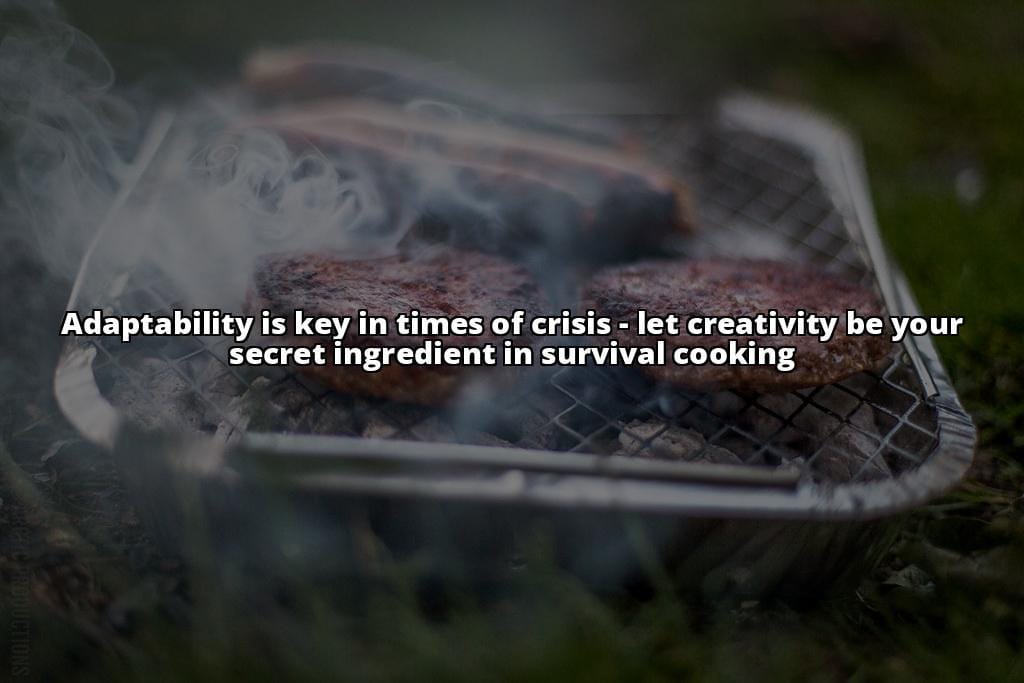
Forget the summer BBQ vibes; your charcoal grill can be a lifesaver during a power outage. The beauty of charcoal is its availability and ease of storage.
However, this method requires outdoor space and favorable weather. Remember, safety first: never attempt to use a charcoal grill indoors due to the risk of carbon monoxide poisoning.
My personal tip? Always keep a stash of charcoal and fire starters in your garage. It came in handy during last year’s blackout when I managed to cook a feast for my blackout-block party.
Insider Tip: Soak some wood chips in water and add them to your charcoal to infuse your food with a smoky flavor.
2. Propane Grill
A propane grill offers a cleaner, more controllable cooking method compared to charcoal. It’s my go-to for more delicate dishes that require consistent temperatures.
The convenience of turning a knob to regulate heat is invaluable, especially when you’re juggling multiple tasks in a blackout scenario.
A memorable moment was cooking pancakes on my propane grill one chilly blackout morning, turning a stressful situation into a cozy breakfast experience.
Insider Tip: Keep an extra propane tank on hand; you never know how long a power outage might last.
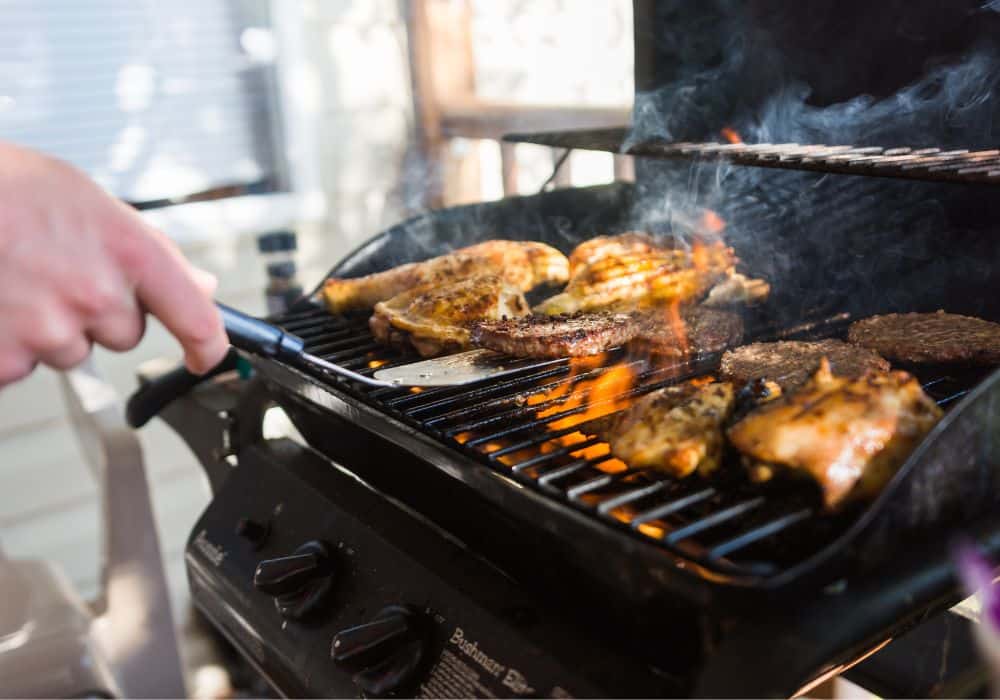
3. Camp Stove
A portable camp stove is a versatile option that can be used indoors with proper ventilation or outdoors. It’s compact, efficient, and runs on butane or propane.
I’ve found it particularly handy for boiling water or heating up soups. Plus, it’s a piece of equipment most outdoor enthusiasts already own.
During a week-long power outage a few years back, my camp stove became the centerpiece of my kitchen, allowing me to cook everything from oatmeal to pasta.
Insider Tip: Invest in a model with wind protection for more effective outdoor cooking.
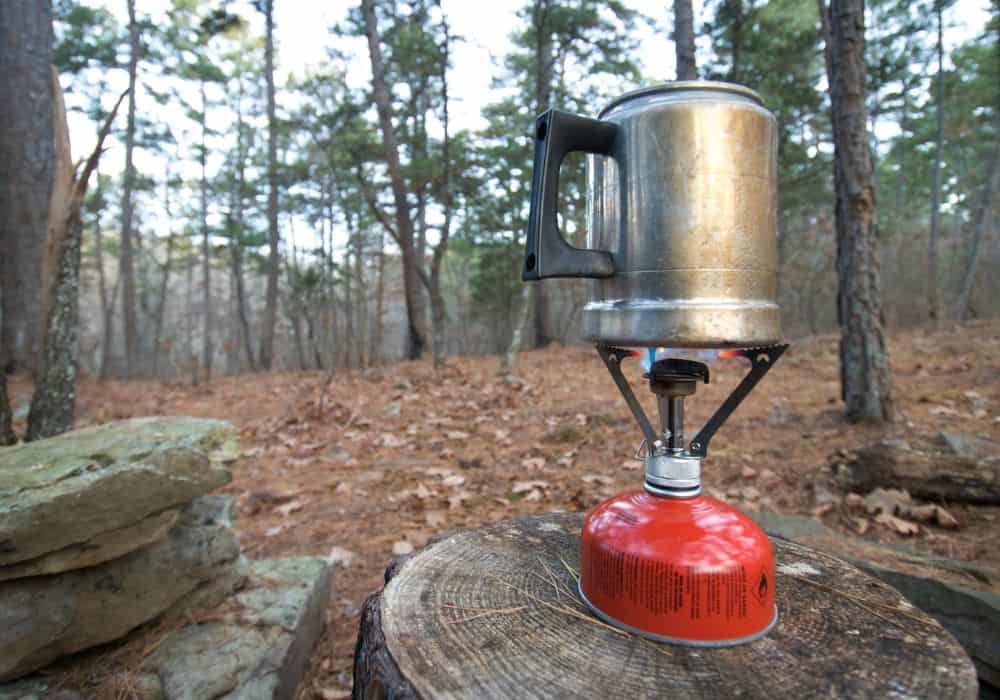
4. Sterno Stove
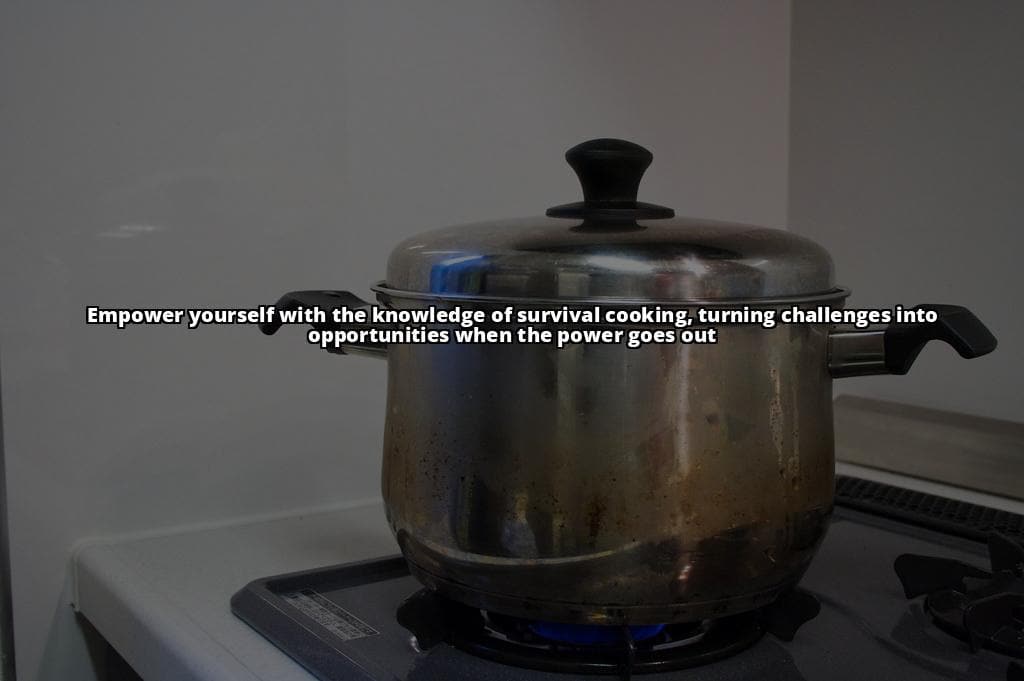
Sterno stoves might remind you of catering trays at a buffet, but they’re also an efficient way to heat food during a power outage.
These are fueled by cans of gel alcohol, which are safe to use indoors. The heat output isn’t very high, so it’s best for warming up pre-cooked meals or making simple dishes like scrambled eggs.
I’ve found Sterno stoves to be a great backup option, especially for heating baby bottles during overnight outages.
Insider Tip: Elevate your cooking pot with a small rack to distribute the heat more evenly.
5. Fireplace
If you’re one of the lucky few with a working fireplace, it can double as a cooking source.
I’ve used mine to grill sausages and toast marshmallows, turning an otherwise gloomy blackout evening into a fun family camping experience.
The key is to ensure your fireplace is clean and well-ventilated. And, of course, never leave an open fire unattended.
Insider Tip: A cast-iron skillet is your best friend when cooking in a fireplace.
6. Woodstove
A woodstove is essentially a heating source that can double as a stovetop. Cooking on a woodstove requires patience and practice, as temperature control can be tricky.
However, it offers a comforting heat and the ability to cook anything from stews to baked goods. My neighbor, an avid baker, swears by her woodstove for making the best power-outage pies.
Insider Tip: Keep a kettle of water on the stove to add humidity to your home while you cook.
7. Solar Oven
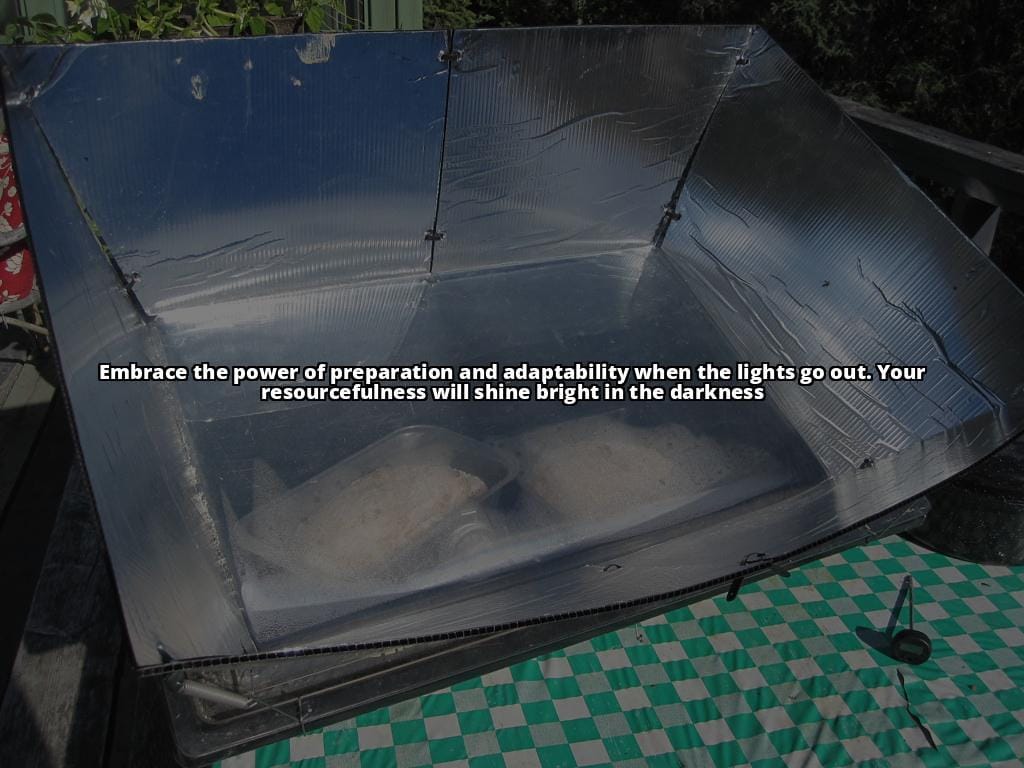
Solar ovens are a fantastic, eco-friendly option that harnesses the power of the sun to cook food.
They’re particularly effective in sunny climates and can reach temperatures high enough to bake bread or cook meat. The downside? They’re weather-dependent.
However, on a bright day, there’s something magical about cooking a meal powered entirely by sunlight.
My first successful solar oven experiment was baking cookies, and the sense of achievement was unparalleled.
Insider Tip: Preheat your solar oven for the quickest cooking times.
Real-Life Scenario: Cooking During a Power Outage
During a recent storm, my neighborhood experienced a power outage that lasted for two days. With no way to cook food using my electric stove, I had to get creative.
Remembering a camping trip I had taken years ago, I dug out my old camp stove from the garage. Despite not having used it in ages, it fired up easily and allowed me to cook hot meals for my family.
This experience taught me the importance of having alternative cooking options available in case of emergencies.
While I hope to never go through another extended power outage, I now feel more prepared knowing that I have multiple ways to cook food even when the electricity is out.
8. Rocket Stove
A rocket stove is a highly efficient cooking method that uses small pieces of biomass, such as twigs or small branches, as fuel.
It produces a hot flame with very little smoke, making it ideal for outdoor cooking. Building a DIY rocket stove can be a fun project and a valuable skill.
I’ve used mine to boil water in record time during camping trips, proving its worth as a reliable emergency cooking tool.
Insider Tip: Use dry, small-diameter wood for the most efficient burn.
9. Dutch Oven
A Dutch oven, when used over an open fire or coals, becomes a powerhouse for baking, stewing, and roasting. Its heavy lid seals in moisture, making it perfect for slow-cooked meals.
One of my proudest blackout culinary achievements was a Dutch oven lasagna that tasted just as good (if not better) than oven-baked.
The key is to manage your heat source carefully, using coals or embers for a consistent temperature.
Insider Tip: Rotate your Dutch oven periodically to ensure even cooking.
10. Fondue Pot
A fondue pot might seem like an unlikely candidate for emergency cooking, but it’s surprisingly versatile. Powered by gel fuel or a small candle, it can melt cheese or chocolate for fondue, of course, but it can also warm soups and sauces.
During a particularly memorable power outage, my fondue pot became the centerpiece of a makeshift dinner party, proving that even in the dark, we can find reasons to celebrate.
Insider Tip: Use a tealight candle for a slow, steady heat source.
While none of us wish for a power outage, being prepared with alternative cooking methods can turn a potential crisis into an opportunity for creativity and resilience.
From the simplicity of a Sterno stove to the adventure of cooking with a solar oven, each option offers a way to keep feeding our bodies and spirits, even when the grid lets us down.
And perhaps there’s a lesson in there, tooabout the importance of flexibility, of adapting to circumstances with grace, and finding warmth, both literal and metaphorical, in the face of challenges.
Remember, safety should always be your top priority. Never use outdoor cooking equipment indoors unless it is specifically designed for indoor use, and always ensure proper ventilation to avoid carbon monoxide buildup.
For further reading on how to stay prepared during a power outage, consider exploring other resources such as preventing food spoilage, survival food storage, and the best canned foods for emergencies.
These insights can further bolster your readiness, ensuring that when the lights go out, your ability to whip up a comforting meal shines bright.
Questions
Who benefits from learning survival cooking when the power is out?
Anyone facing a power outage can benefit from knowing how to cook without electricity.
What are some essential tips for survival cooking during a power outage?
Use a gas stove, grill, or campfire and stock up on non-perishable items.
How can one ensure food safety during survival cooking without power?
Keep perishable foods in coolers with ice packs to maintain freshness.
What if I don’t have access to a gas stove or grill for survival cooking?
You can use alternative methods like solar cookers or portable stoves.
How can I make sure I have the necessary supplies for survival cooking?
Stock up on canned foods, dry goods, and a manual can opener in advance.
What if I have dietary restrictions or allergies during a power outage?
Plan ahead by storing special dietary foods or supplements for emergencies.

